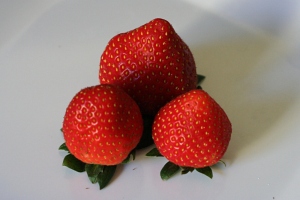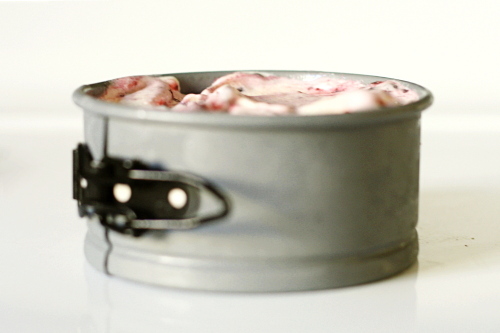There are, undeniably, better photographers than me. I would provide links, but there are too many to choose from. So what, then, do I have to offer someone who’s trying to learn the basics?
Exactly that – I only recently learned myself. I remember the frustration of not being able to showcase my subject (whether it be food, a child, nature) to the extent that it deserves. And I remember exactly how I learned.
If you’ve asked people for help before or have done some web searching on the topic, you’ve probably heard these three pieces of advice:
1. Use natural light
2. Don’t use flash
3. Use the macro setting on your camera (for food)
And while each of these is, in essence, true, they’re also incomplete. What kind of natural light? And what does natural light mean? What do you do when you turn the flash off and your pictures end up blurry?
Don’t worry – there isn’t much to learn, and you don’t need an expensive camera. You do, however, need to learn how to maximize the camera you have. You can’t be afraid of your camera’s manual. By learning how to adjust the settings on your camera, you take control of your photography, instead of letting your camera make the decisions.
1. Natural light
Photography, especially of food, almost all comes down to lighting. Food styling and composition are nice too, but, frankly, if your lighting sucks, your photo will suck.
Light can be different colors. You don’t necessarily perceive that, because you’re smart and your brain automatically corrects for it, but your camera does pick it up. For photography, you want the ambient light to be white, which means it won’t cast a tint on your photo. If you take a picture in your kitchen at night with light from tungsten bulbs, everything in the picture will look yellow or orange. Evening light tends to be a little blue. The whitest sunlight is usually during the middle of the day. This is the light you want.
While sunlight is best, you usually don’t want to take photographs in a sunbeam because it introduces harsh shadows.
2. White balance
So am I saying that you can only take photos in the middle of the day? No, of course not. This is where you need to learn about your camera.
Your camera can correct for the tint of the light. You can tell it what kind of light you’re shooting in – whether it’s sunlight, a cloudy day, tungsten light bulbs, etc. Another option is to set the custom white balance. For the custom white balance, you take a picture of something white and tell your camera that that’s white, and it adjusts the other colors accordingly.
You absolutely need to learn to set the white balance! Play with the settings and find what works best for you, your setting, and your camera. For example, my Canon Rebel invariably tinges photos blue on the automatic setting. If the ambient light is essentially white, the sunlight setting works best. For my Nikon point-and-shoot, the custom white balance is always best. Unfortunately, neither of my cameras do a good job correcting light from tungsten light bulbs.

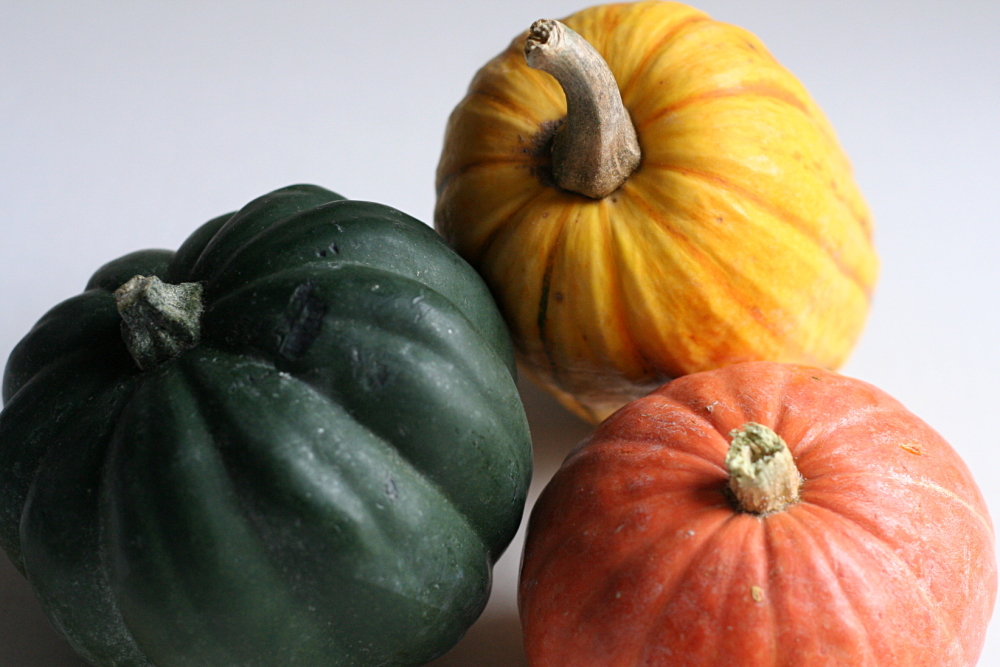
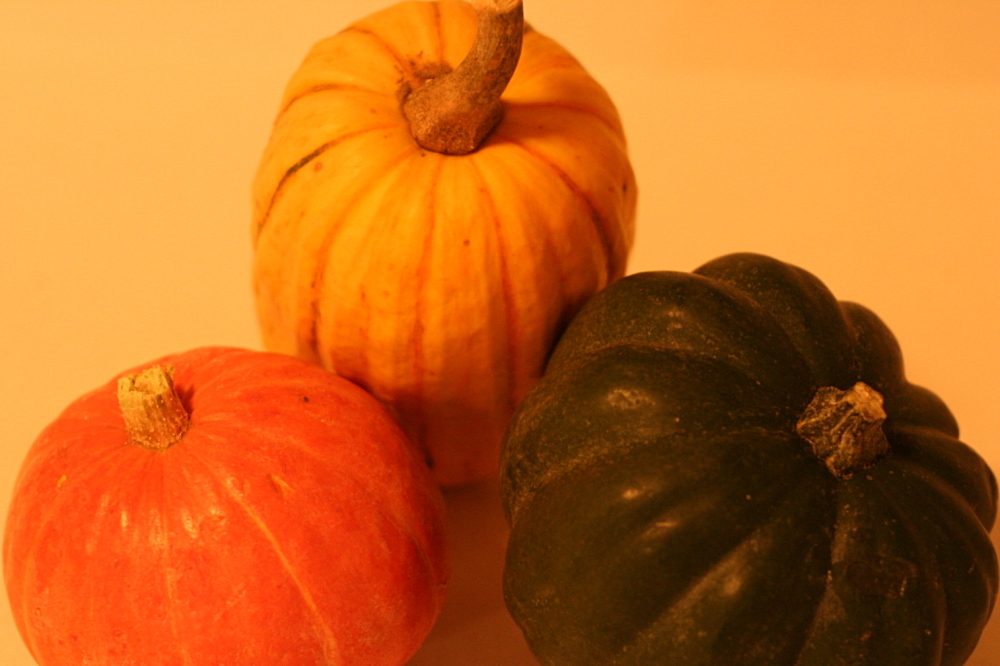
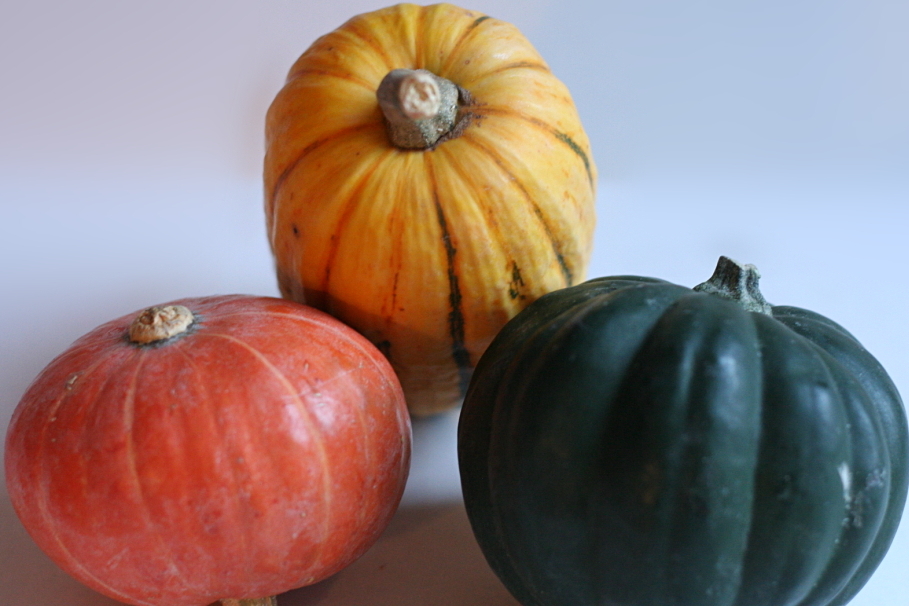
clockwise from upper left – sunrise; early afternoon; sunset; fluorescent
3. Exposure compensation
Setting the exposure compensation allows you to make your pictures brighter or darker. It’s based on a scale from, for example, -2 to 2, and 0 is the default. A setting higher than zero will make your photo brighter. I tend to prefer food photos on the brighter side. But again, this is something you’ll need to learn how to adjust in your camera and play around with. Like the white balance, it should be a relatively easy feature to set, and it can make a huge difference.
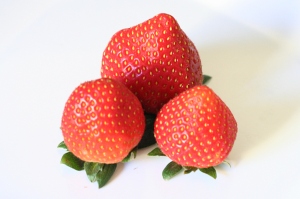

clockwise from upper left: -1.0; 0.0; +1.0; +1.7
4. Flash
Built-in flashes are a pet peeve of mine. Your camera really wants you to use one in almost all situations, but, honestly, they’re an almost no-fail photo ruiner. Using an on-camera flash will make your photo unevenly lit, as the front is a lot brighter than the back of the photo. Furthermore, shining so much light directly at your subject means you don’t have any subtle shadows that give your subject texture. So, in almost all situations: Turn your flash off.
Using an external flash is an entirely different (and rather expensive) subject.

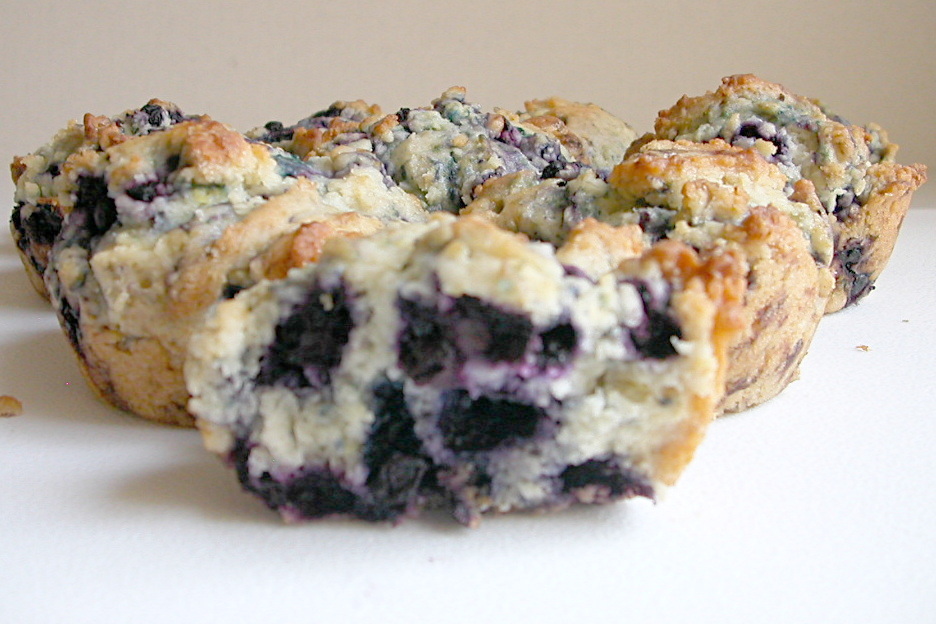
left – flash; right – no flash
5. ISO setting
Adjusting the ISO setting is another way to make your photos brighter, but it comes at a price. If you find that, after turning your flash off, your pictures are often blurry, it’s because your camera’s shutter is open longer than you can hold the camera still. Changing your ISO setting can help. Your camera is more sensitive to light at higher ISO settings (for example, 800 compared to 100), so you can get away with using a faster shutter speed while still getting nicely lit photos. On the flip side, photos taken at high ISO settings are lower in quality, introducing graininess and color errors.
This is particularly important if you plan to print your photos, and the larger print you want, the more problems you’ll have. However, if you’re just posting your photos on your blog, you can usually get away with higher ISO settings.
How many problems high ISO settings cause is highly dependant on your camera, so again, you’ll want to experiment with this setting. And unfortunately, really basic cameras might not have the option to adjust this.

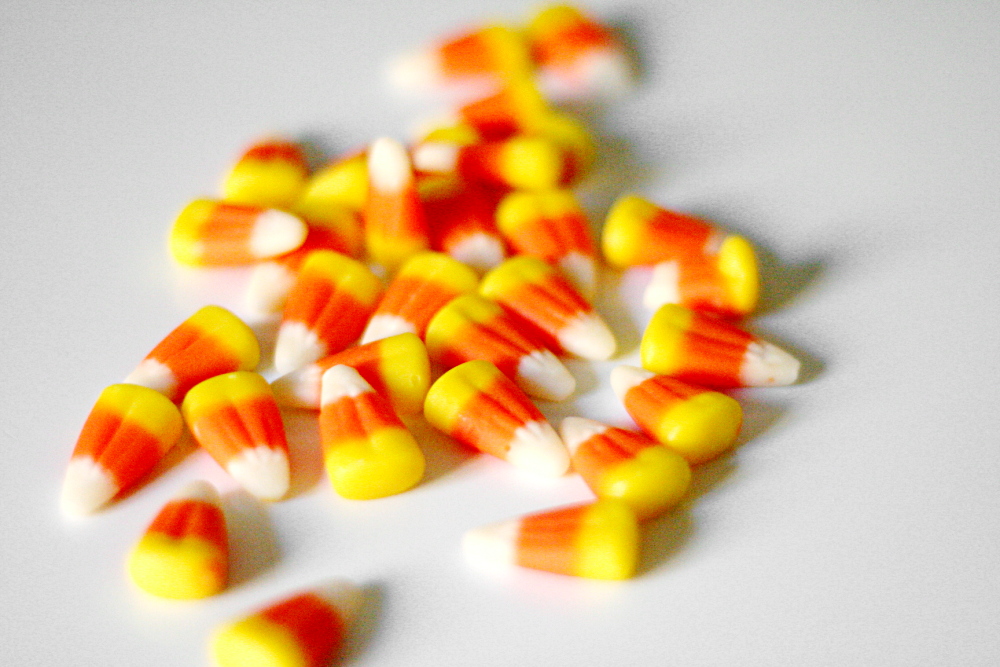
left – ISO 100; right – ISO 1600
At this size, you might not be able to see the problem, but if you click on the photo with ISO 1600, it’ll enlarge and you can see the graininess, especially in the shadows.
6. Tripods
When you’re taking photos inside without flash, you might have trouble holding the camera steady long enough to get a clear, unblurred shot. Your answer is a tripod. For food photography, you don’t need a large or expensive one. I bought a cheap countertop tripod from Target for my point-and-shoot, and it served me well. I can’t stress enough the importance of a tripod. You’ll be able to take well-lit, clear photos as the sun goes down.
7. The macro setting
Food photographers seem to love the macro setting, but I don’t really feel the same. Too often, people get too close to the food, and it’s 1) a little disconcerting (attack of the cupcakes!) and 2) you lose perspective, and sometimes it can be difficult to even identify the subject. Furthermore, on my point-and-shoot, I can’t adjust the white balance and exposure compensation when I use the macro setting.
8. Depth of field
Depth of field (DOF) refers to how much of the photo is in focus. Is everything in the picture clear (large DOF), or is the subject in front clear and the background blurred (small DOF)?


left – long depth of field; right – short depth of field
People tend to love short depth of field in food photos. I certainly do. If you have a dSLR, you’ll change the aperture setting to adjust the depth of field. If, however, you have a basic point-and-shoot that doesn’t allow you to adjust how much of the photo is in focus or even what section of the picture is in focus, there is one trick at your disposal. Use the macro setting – in this case, the lens is set to take a picture of something close, and it simply can’t get the background stuff in focus too. That must be how I got this shot, although I didn’t know it at the time.


left – macro setting; right – automatic setting
9. Photo editing
Don’t be afraid to edit your photos, and honestly, there’s no excuse not to, with several free photo editing software options available. For food photos, you’re probably not going to get overly creative in your editing in-computer, but you can correct any color and lighting issues, as well as do a bit of sharpening, cropping, and resizing. It won’t take you more than a few minutes to learn how to do these tricks, and they can really take your photos to the next level. Some free photo-editing programs include the GIMP (which is what I used for a long time), PICNIC, and Picasa.


left – before editing; right – after editing
10. “Studio”
I think you’ll be hard-pressed to get away without setting up any sort of studio for food photography. You don’t need anything expensive or space-consuming. In the summer, when there’s plenty of natural light available, just a white board propped up next to a window can make a huge difference in how clean your photos look. Things are trickier in the winter, and you might want to make or buy a light box.
Even your stove can be a decent area for pictures.
11. DSLRs
My personal (strong and rather judgmental) opinion is that if you don’t know how to adjust the settings on your point-and-shoot camera, there’s no reason to get a dSLR. The advantage of a dSLR is that it has more options and provides you with greater control over the photo-taking process. If you’re using your dSLR on auto, you’re just carrying around a cumbersome and expensive point-and-shoot. My suggestion is to learn how to maximize your point-and-shoot first, and if you then find yourself too limited, invest in a dSLR. This has the added advantage that you won’t be so overwhelmed with how much you have to learn when you do get a fancier camera. Honestly, you can take great photos with a point-and-shoot. People do it all the time.
12. Practice
If you make an effort, you will improve with time. Keep trying! Keep learning!
If you have other questions or find that any of this information is unclear (or even incorrect), please don’t hesitate to leave me a comment or send me an email at crumblycookie.bridget at gmail dot com.




